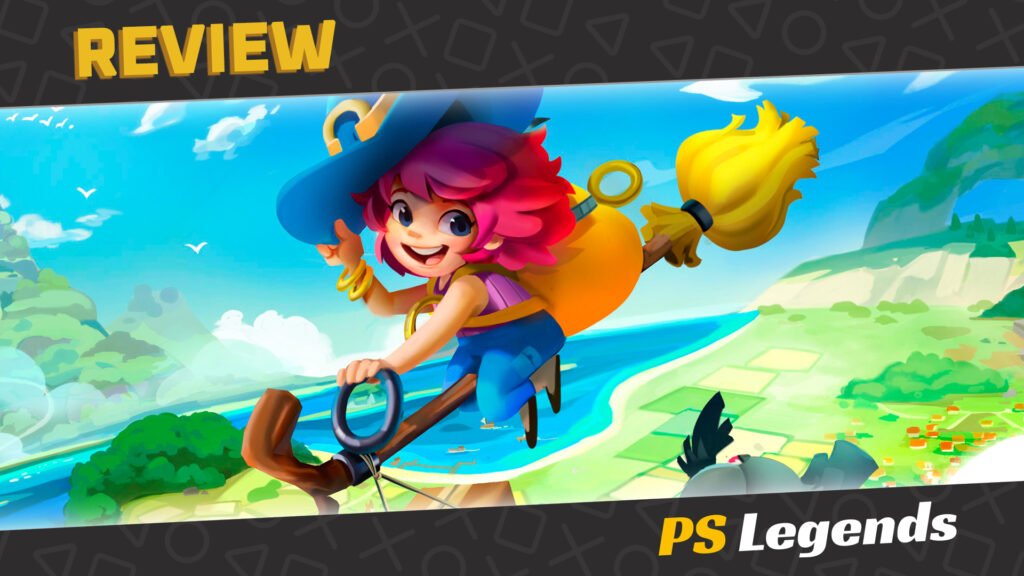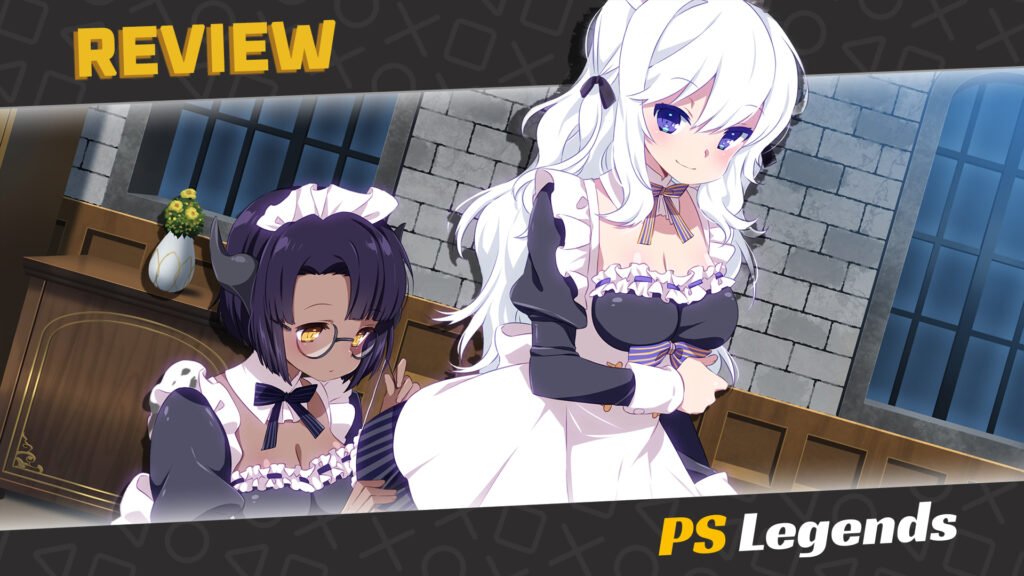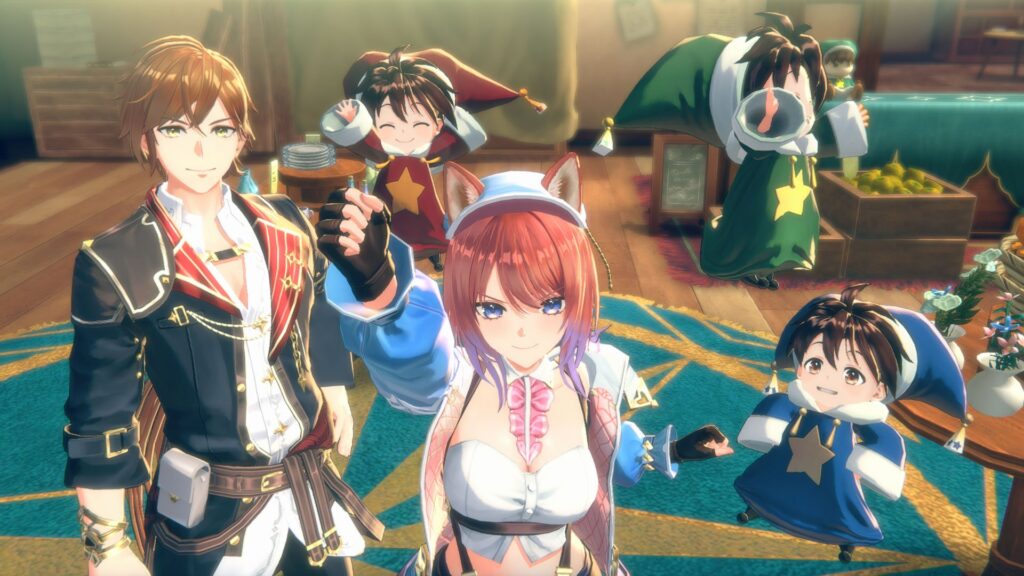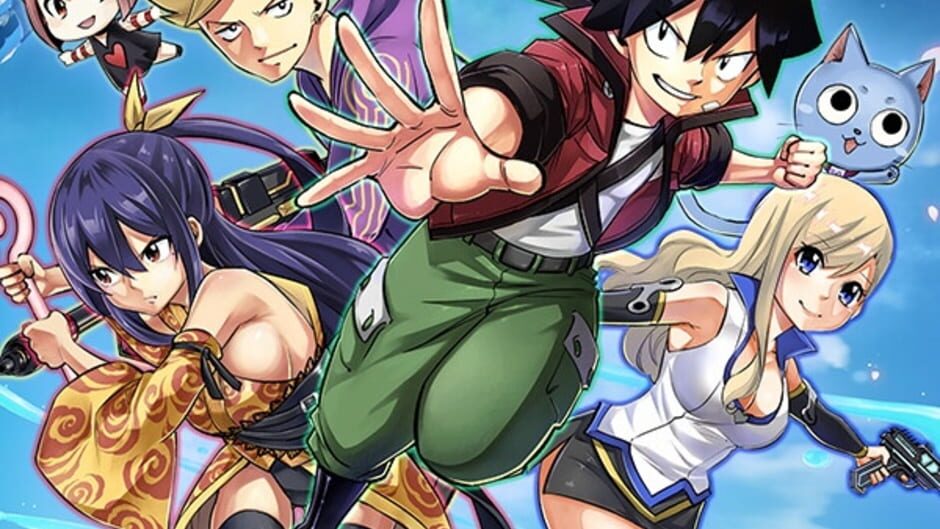As discussed in the Witchspring R review, witchcraft works brilliantly well in games. Mechanically, it makes perfect sense, though it’s unlikely your protagonist will be a traditional twisted fairy tale hag of evil, and so we keep the elements of magic, potion-brewing, and even broomsticks, but pin them on a fresh-faced kind-hearted youth instead.
Witchspring R, Little Witch Nobeta, and Dragon Star Varnir were all stunning games; modern-day masterpieces, but now we have a high-flying newcomer, in more ways than one.
Introduction
Mika and the Witch’s Mountain is a fantasy adventure about an aspiring witch who delivers packages to the townspeople of a small island. The concept was inspired by Studio Ghibli movies, with particular focus this time on Kiki’s Delivery Service. The game is also noted as taking visual inspiration from other games which the developer was fond of, including A Short Hike, and The Legend of Zelda: Wind Waker.
Mika and the Witch’s Mountain originally began as a Kickstarter project by developer Chibig, a small team of ten from Valencia, Spain, the developer of acclaimed adventure games Deiland, Ankora, and Summer in Mara. Some guest characters in Mika return from previous Chibig games, such as Brram, Mûn, Koa and Sandee.
The 2023 Kickstarter campaign for Mika was immensely successful, raising over 1.3M€. Originally planned for a staggered release, with the Switch being prioritised, the release of the game was delayed to allow for extra refinements and a multi-format release. Mika and the Witch’s Mountain would finally release on PlayStation 5 on 22nd January, 2025.
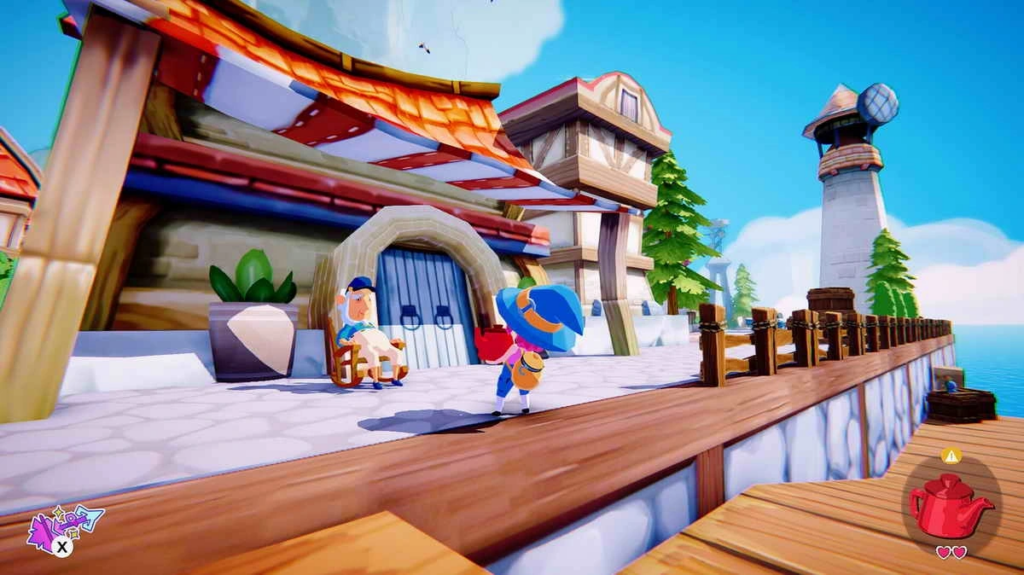
Story
There comes a time in every young witch’s life where commitment must be made to develop their powers. Mika, a young apprentice embarks on a journey to the island of Mont Gaun, where the powerful witch Olagari lives. Mika is young, gullible, and inexperienced, yet over-confident, and introduces herself proudly to Olagari. However, to study under Olagari, Mika’s dedication must first be tested.
Mika’s test is to make her way back to the top of the mountain alone, and is thrown off the mountain by Olagari. She lands unharmed on the outskirts of the village below, however her magic broom is less fortunate, and breaks apart. Mika soon meets the kind-hearted Allegra, who performs a basic repair on her broom, allowing it to fly again, though only at low altitudes.
Mika’s damaged broom has its uses, but it isn’t nearly strong enough to reach her goal. To succeed, she’ll need to buy a new broom, and to earn the necessary funds, she’ll first need a job. Luckily, the local parcel delivery company has an opening, and Mika will be able to earn some coins by working as a courier, and by doing so, the kind people of the small island village will welcome Mika into their community. Delivery by delivery, our little witch will make new friends and learn valuable lessons about life and herself.
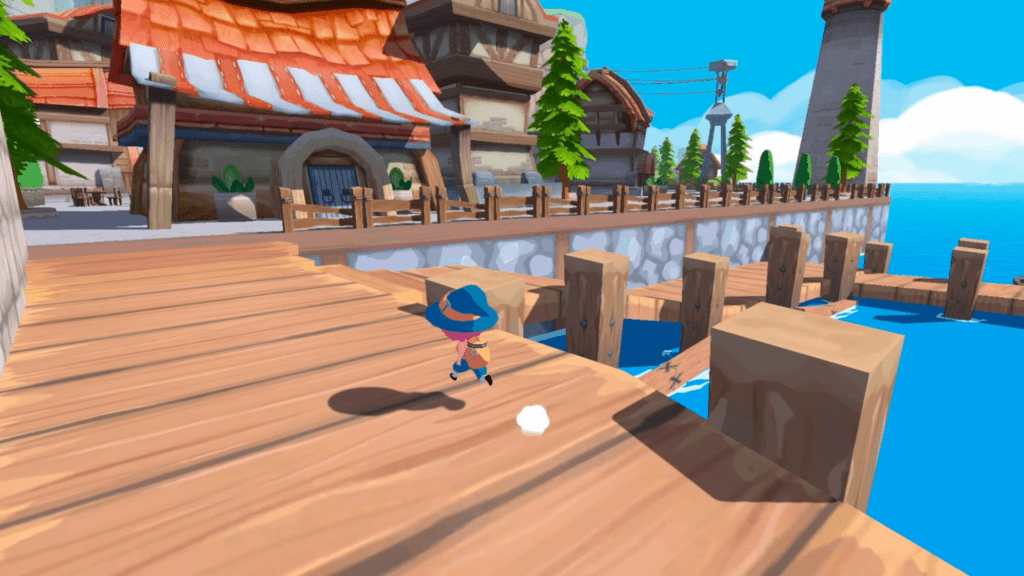
Gameplay
Exploration will be at the heart of Mika’s adventure. You’ll be able to grab your magic broom and discover the secrets of the mountain while also exploring on foot, getting to know the village’s charming inhabitants. While flying, Mika can use magical air currents to propel her flight and reach every corner of the island. In these new locations, she will find new characters, quests, special items, collectibles, and other secrets.
Not all areas are immediately accessible, as your control of your broom and its flight capabilities are limited at first, only really letting you hover and glide, but not actually fly. Because of this, the first part of the game locks out certain areas while you’re learning the ropes, while your handy map will help you figure out where you can and cannot go.
By delivering parcels, Mika will be able to earn cash to upgrade her broom until it’s finally good enough to fly her all over the island and to the top of the mountain. Crashing into walls, dropping packages or getting them wet will reduce the quality of her service, and in turn, reduce the efficiency of her work. The villagers of the island will rate her service, and only the best will earn her a payday.
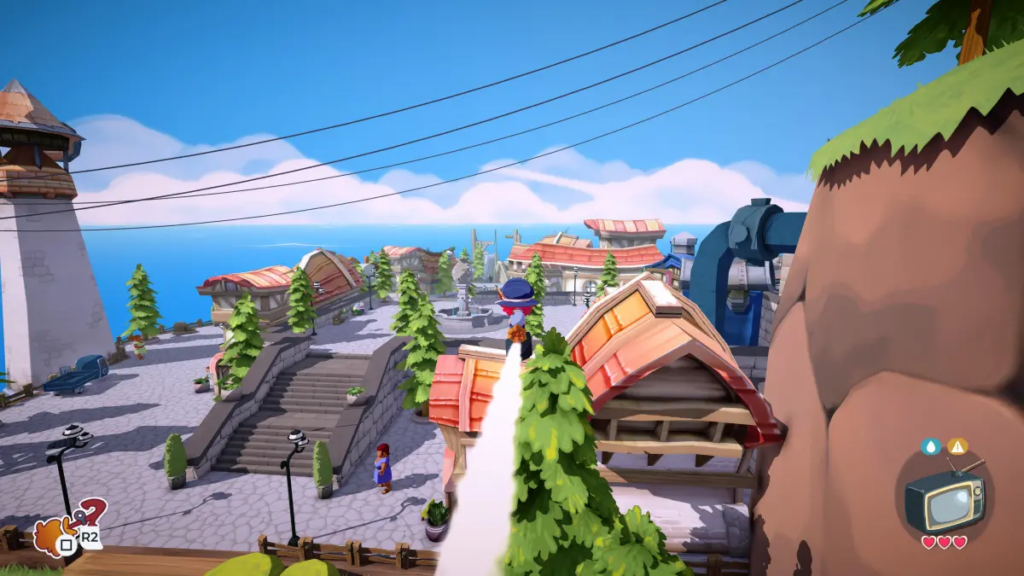
Graphics/Sound
Mika and the Witch’s Mountain is a cute and colourful game which utilises a partial detailing system to bring life to its world while also respecting its roots as a tribute to an animated movie. There’s a clear influence here which is evident from the art-style which fuses together elements of eastern and western animation in a style similar to that of Studio Ghibli.
Cutscenes will often switch out the cell-shaded 3D character models with HD 2D sprites which have a slightly different style to them which is more reminiscent of Studio Ghibli’s later works. Characters are fleshed out with realistically-written text boxes which are mostly well done, however this dialogue is often interrupted by loud, out of place bursts of voice acting.
Characters aren’t really voiced in the traditional sense, but will often chip in a one-word response such as “Hey!” or “Oh!” which is really more of a distraction than anything. This is just one angle of the sound design that feels rather incomplete, with gorgeously serene piano music tracks accompanying your exploration, while the music sometimes drops out into silence during other scenes.
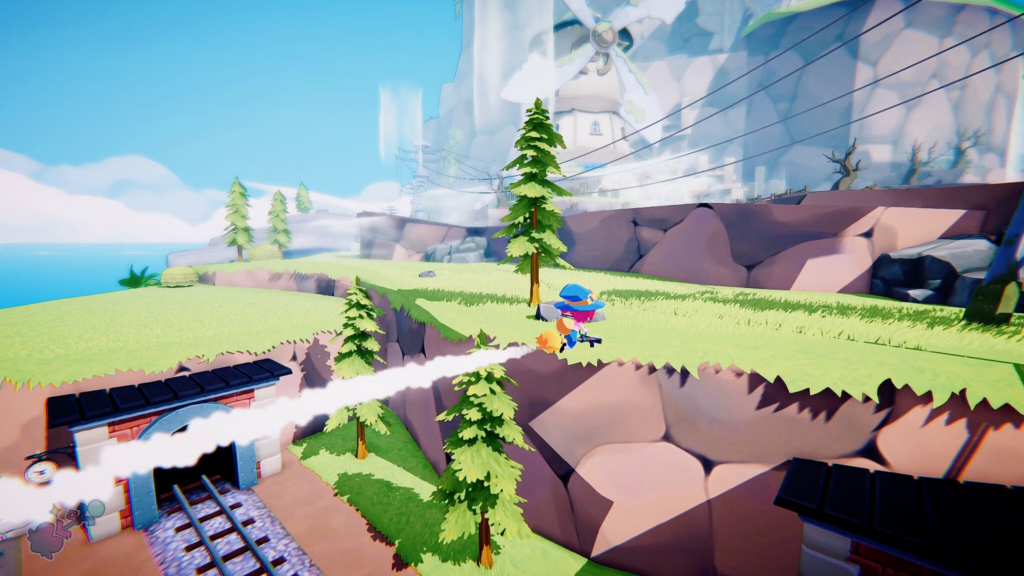
Conclusion
Mika and the Witch’s Mountain may be a lighthearted game, all cozy and casual, but it’s one that makes bold and intriguing steps with its visuals and simple gameplay. Earning enough cash to purchase the final broom to unlock the entirety of the map and the ending can be done in under 4 hours. There are a few extra odds and ends to keep you playing but nothing that will extend your playtime by longer than a few more minutes, while the ending itself was rather anticlimactic.
I’m not sure I agree with the game being described as a ‘coming of age’ story, since Mika is still very much a child focusing on her education, while the jobs she runs are more errands for pocket money rather than full-fledged career steps, and the townsfolk she meets are little more than clientele. With Mika’s longer-term relationships likely still years away, this brings the revelation that this very small game is just one very small chapter of Mika’s interesting life.
The game almost feels like the intro to a much bigger game, maybe even a much grander adventure. While a game leaving you wanting more once the credits roll is usually a compliment of the game’s quality, it can also be an indication that we haven’t absorbed enough narrative for the experience to feel fulfilling, or we haven’t really gotten our money’s worth out of it.
Fortunately, Mika and the Witch’s Mountain is not an expensive game, releasing with a budget price tag which always softens the blow. I would’ve liked a bit more content though, more so from a narrative standpoint, as it felt like we were building to an epic new chapter only for the game to end abruptly. Who knows, if it sells well enough, maybe one day we’ll get to see what the future has in store for this promising little witch. We’re off to a good start.
Joys
- Pretty Ghibli-esque visuals
- Simple, relaxed gameplay
- Respectable flying mechanics
Cons
- Very short
- Lacks a progressive narrative
- Janky sound design
